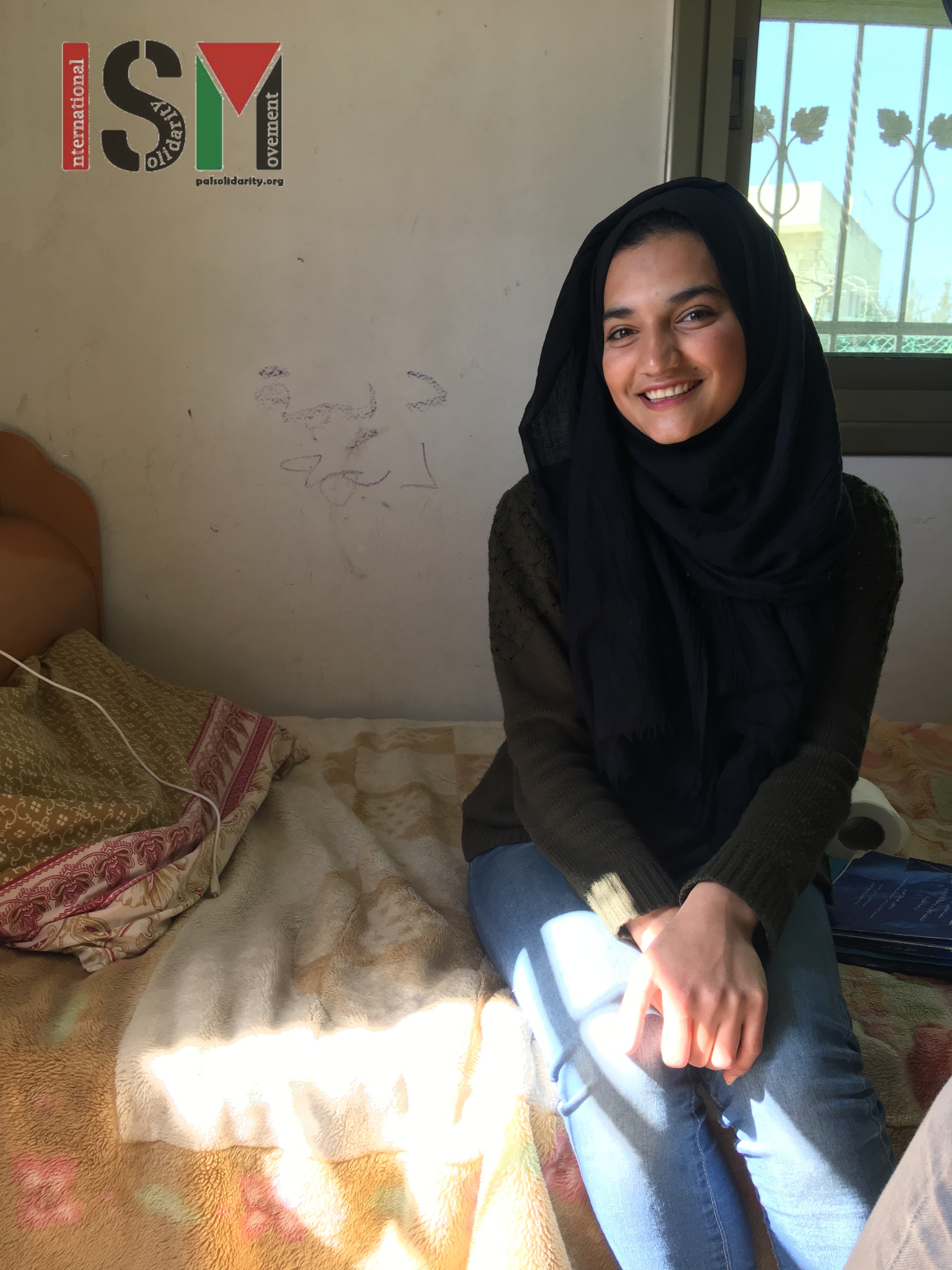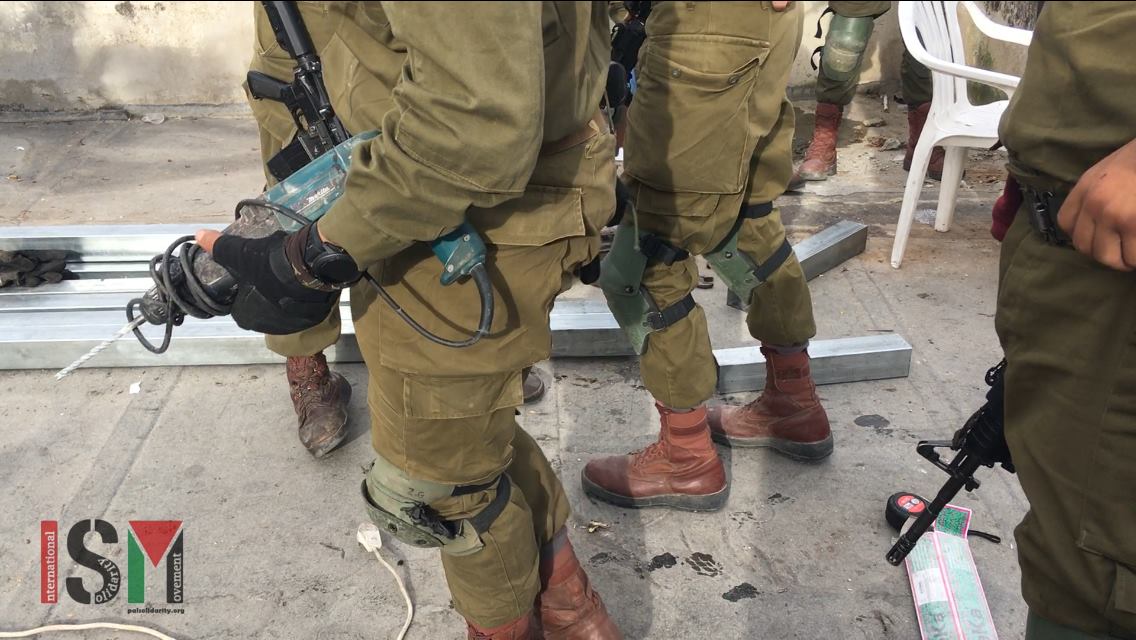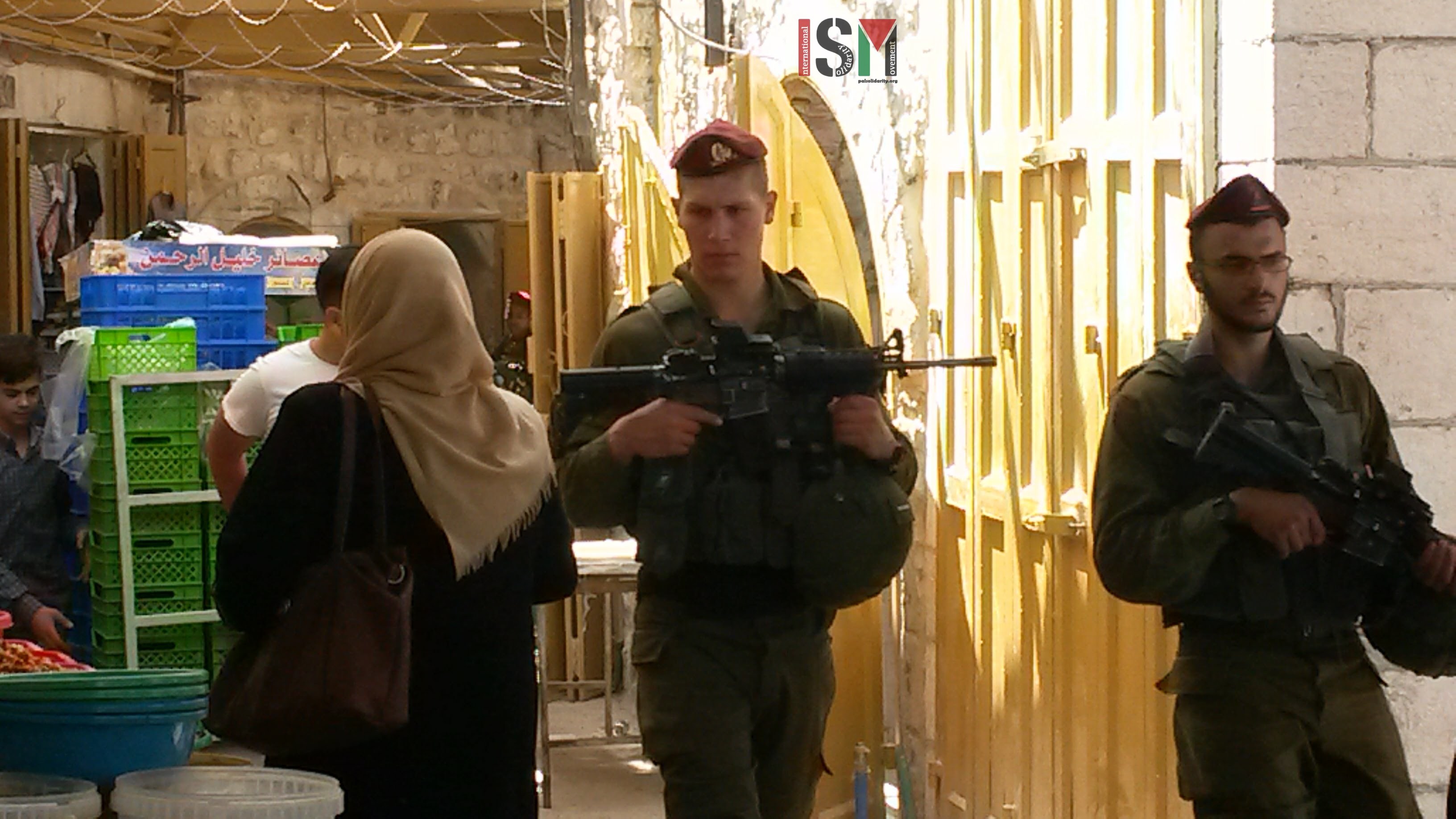Tag: Settlers
-
Settler tourists given weekly armed escort through the streets of Al Khalil
Every Saturday, Zionist settler tours take place in the narrow alleys of the souq in Al Khalil’s (Hebron). These guided tours usually last for about an hour, and settlers are always accompanied by armed Israeli forces, intimidating local Palestinians who are trying to make a living by selling their goods in the market. The tours…
-

A recollection of Dima al-Wawi’s imprisonment and a remembrance of Hamza Zamara
18th March 2018 | International Solidarity Movement, al Khalil team | Occupied Palestine Two years ago Dima al-Wawi woke up for school feeling sick. Her throat hurt and her lymph nodes were swollen. Her parents were already out of the house, on their land that is split in two by the illegal settlement Karmi Zur…
-

Israeli soldiers order Palestinian family to halt approved rooftop construction
18th February 2018 | International Solidarity Movement, Khalil team | Occupied Palestine Last weekend, the Sharabati family that lives on Shuada street in Al Khalil were hard at work constructing a metal frame for a roof covering on top of their house which is overlooked by an illegal settlement. Settlers arrived at a gate adjacent…

